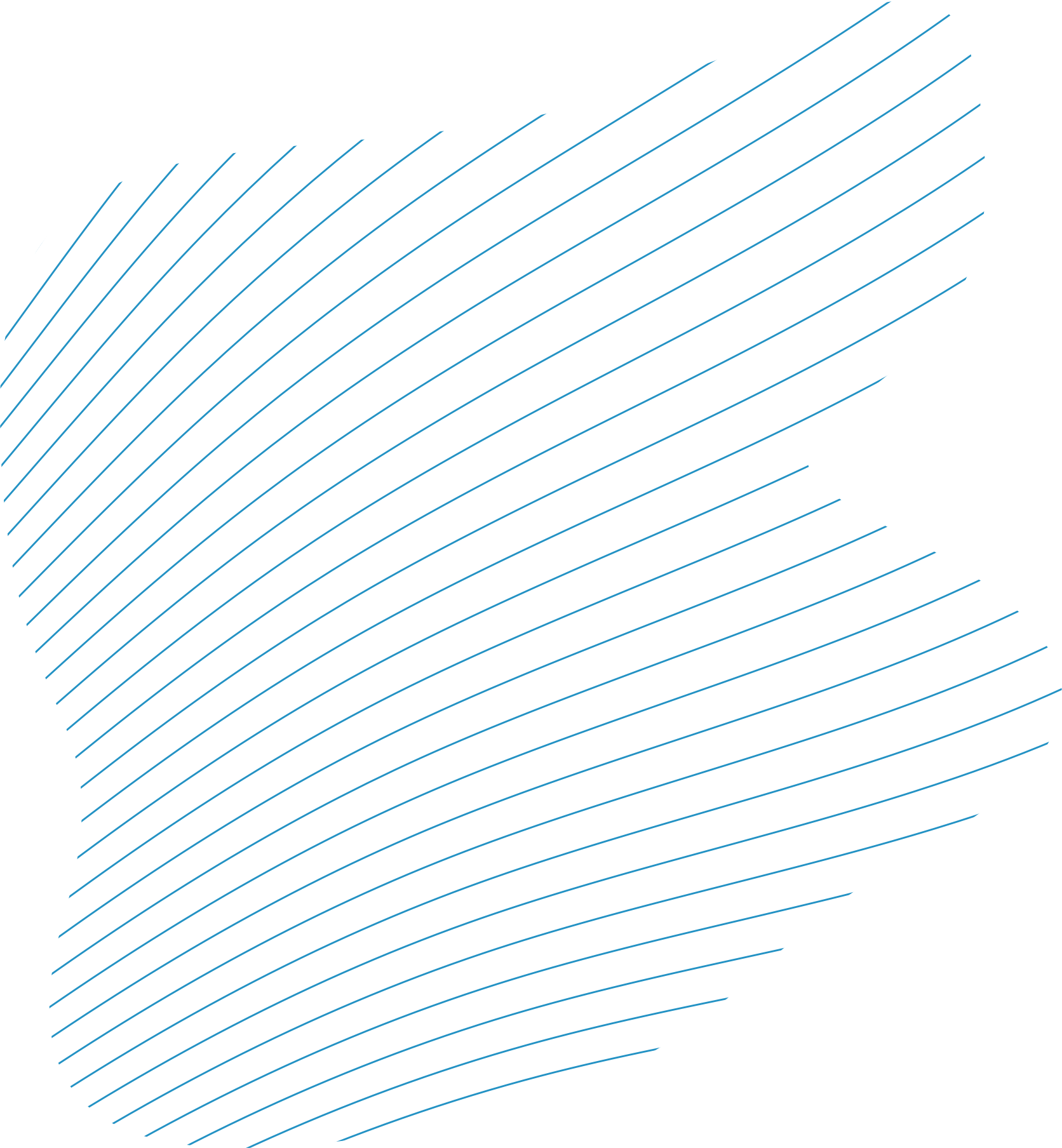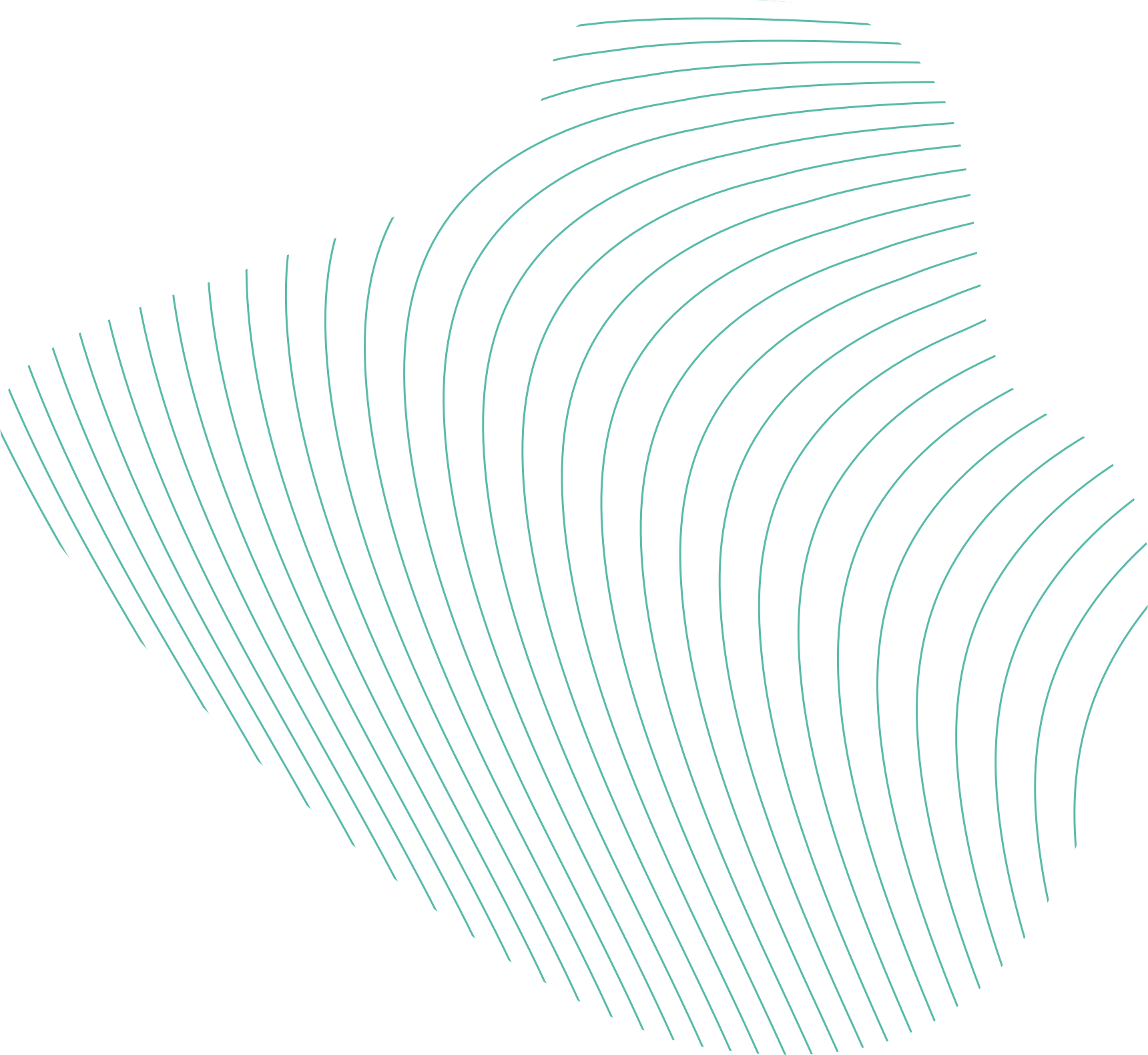Our expertise in Onshore Wind
Our teams of experts support you every step of the way to ensure that your projects are as seamlessly integrated as possible.
Over the last 20 years, wind power has emerged as one of the world's leading sources of renewable energy. Safe, reliable and competitive, its use has grown exponentially in recent years.
RWE develops, finances, builds and operates a large number of onshore wind farms in collaboration with local stakeholders in France, thereby helping to achieve the country's energy transition objectives.

Click on the image to zoom


At RWE, we create competitive, high-performance projects using local resources combined with leading international expertise. This approach enables us to develop our projects in a sustainable way, drawing on our international experience while contributing to the economic, social and environmental strength of our local communities.

RWE has all the resources and skills needed to design, build, operate and maintain our wind farms. Our teams work closely with local stakeholders, drawing on their expertise to develop projects that are concerted, efficient and deliver value for the local community.


Identifying viable sites for wind farm development requires a solid understanding of the constraints associated with the area.
Our teams are responsible for accurately evaluating these issues and any sensitivities associated with wind power. Our in-house team is made up of experts in wind, acoustics, mapping and the environment to ensure that our projects fit in with the local environment.
Through in-depth studies lasting 18 to 24 months, RWE defines the best project solution for the area concerned. The company works with specialist consultancies and independent associations to carry out the studies required to prepare the environmental permit applications.
At all key moments, various consultation initiatives will punctuate the life of the project to encourage the support of all stakeholders. Because a successful project is a collective effort, RWE aims to set an example in territorial dialogue.
Through this approach of ongoing dialogue, RWE commits to ensuring the active participation of local stakeholders in the project's development.
We take a distinctive approach to financing our renewable energy projects. Unlike the conventional method, where a project company calls on a bank to finance the construction of its wind farm, we favour equity financing. This approach gives us greater flexibility and speed, making it easier for our projects to succeed.
We manage and coordinate the construction of our wind farms from start to finish.
Our teams create the access, networks and foundations to accommodate the turbines, which are installed enduring the final stages of the works.
Depending on the impact of each project, RWE puts in place support measures that are carefully coordinated with the local authorities, relating to the landscape, the environment, heritage, etc.
Owners and operators benefit from a stable, guaranteed income stream for the duration of the wind farm's operation.
RWE's operations team monitors wind farms from commissioning to decommissioning. The installations are monitored remotely 24/7 by our teams, guaranteeing an immediate response if necessary.
Regular inspections by specialist technicians also ensure that the turbines remain in optimum operating condition and are fully available to generate electricity.
Dismantling is the final stage in the life of a wind farm. Each component is dismantled and recycled or recovered through the appropriate channels, with a strong emphasis on recycling the wind turbines themselves. RWE is investing in a number of areas to improve the recyclability of its wind farms and wind turbines.
In accordance with the French Environment Code, RWE is committed to taking full responsibility for dismantling the wind turbines at the end of the wind farm's operation. The dismantling of the wind farm comprises several stages, including the complete dismantling of the wind turbines, the excavation of the foundations and the restoration of the site, with constant attention to the environmental impact.
The process is quick and easy, usually taking just a few days.
The dismantling and recycling of a wind turbine includes the following elements:
The excavation of crane areas and access roads must also be filled in with soil of comparable characteristics to the soil in the vicinity of the facility.
Since 1 January 2024, 95% of the total mass of a wind turbine must be recycled in order to comply with the French Environment Code. For the rotor, which is still made from composite materials that are more difficult to recycle, the law will require that 55% of its mass be reusable or recyclable by 1 January 2025. Most of the non-recycled components are reused or recycled in other ways to become fuel for cement works or street furniture, for example.

Click on the image to zoom

